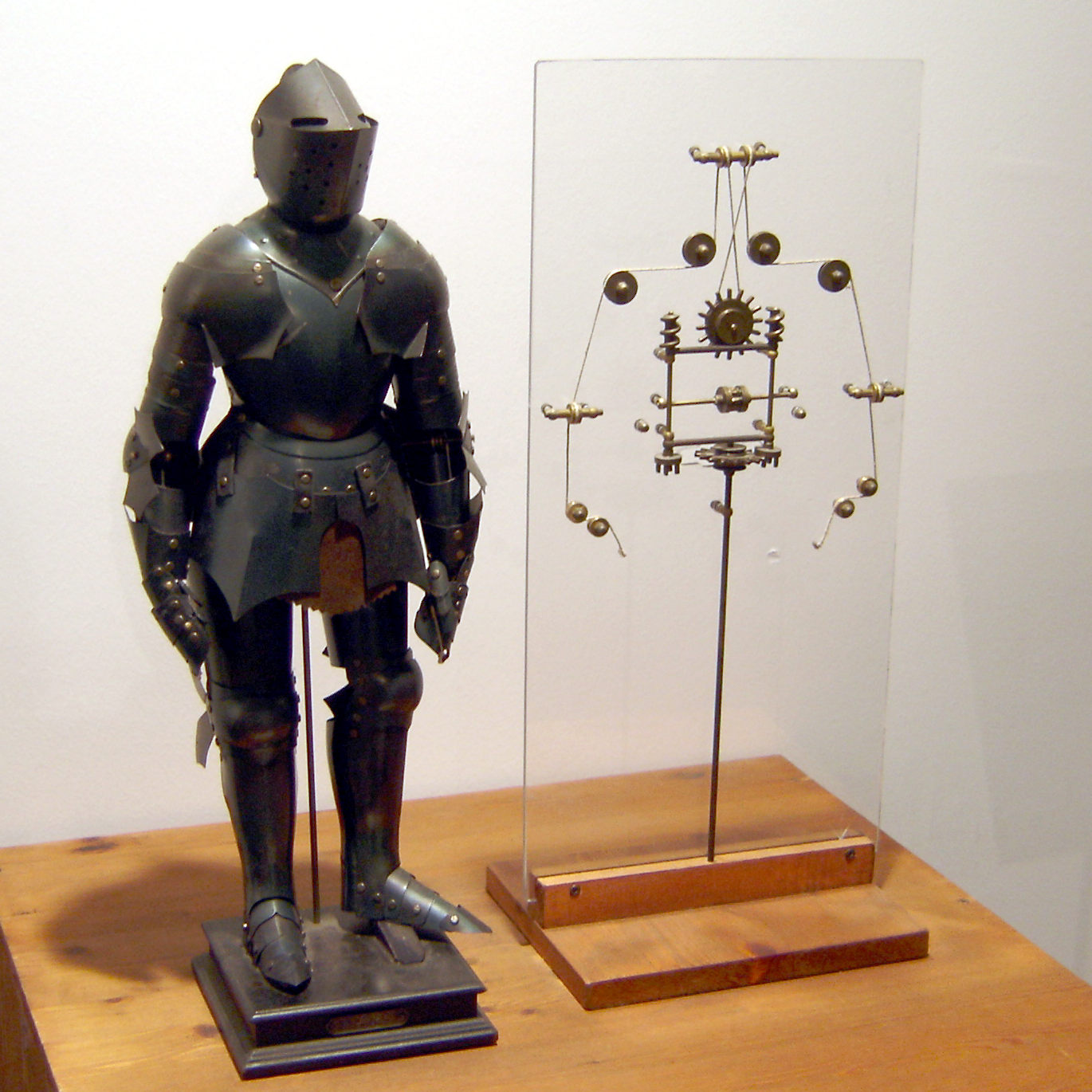Just a couple of days ago, Apple CEO Tim Cook tweeted out a video promoting, “the new iPad Pro: the thinnest product we’ve ever created.” The response has been overwhelming, and overwhelmingly negative: for many viewers, the ad’s imagery of a hydraulic press crushing a heap of musical instruments, art supplies, and vintage entertainment into a single tablet inadvertently articulated a discomfort they’ve long felt with technology’s direction in the past couple of decades. As the novelist Hari Kunzru put it, “Crushing the symbols of human creativity to produce a homogenized branded slab is pretty much where the tech industry is at in 2024.”
One wonders whether this would have surprised Aldous Huxley. He understood, as he explains in the 1961 BBC interview above, that “if you plant the seed of applied science or technology, it proceeds to grow, and it grows according to the laws of its own being. And the laws of its being are not necessarily the same as the laws of our being.”
Even six decades ago, he and certain others had the sense, which has since become fairly common, that “man is being subjected to his own inventions, that he is now the victim of his own technology”; that “the development of recent social and scientific history has created a world in which man seems to be made for technology rather than the other way around.”
Having written his acclaimed dystopian novel Brave New World thirty years earlier, Huxley was established as a seer of possible technology-driven totalitarian futures. He understood that “we are a little reluctant to embark upon technology, to allow technology to take over,” but that, “in the long run, we generally succumb,” allowing ourselves to be mastered by our own creations. In this, he resembles the Julia of Byron’s Don Juan, who, “whispering ‘I will ne’er consent’ – consented.” Huxley also knew that “it is possible to make people content with their servitude,” even more effectively in modernity than antiquity: “you can provide them with bread and circuses, and you can provide them with endless amounts of distraction and propaganda” — delivered, here in the twenty-first-century, straight to the device in our hand.
Related content:
Aldous Huxley Predicts in 1950 What the World Will Look Like in the Year 2000
An Animated Aldous Huxley Identifies the Dystopian Threats to Our Freedom (1958)
Aldous Huxley to George Orwell: My Hellish Vision of the Future is Better Than Yours (1949)
Hear Aldous Huxley Narrate His Dystopian Masterpiece Brave New World
Aldous Huxley, Dying of Cancer, Left This World Tripping on LSD (1963)
Based in Seoul, Colin Marshall writes and broadcasts on cities, language, and culture. His projects include the Substack newsletter Books on Cities, the book The Stateless City: a Walk through 21st-Century Los Angeles and the video series The City in Cinema. Follow him on Twitter at @colinmarshall or on Facebook.




